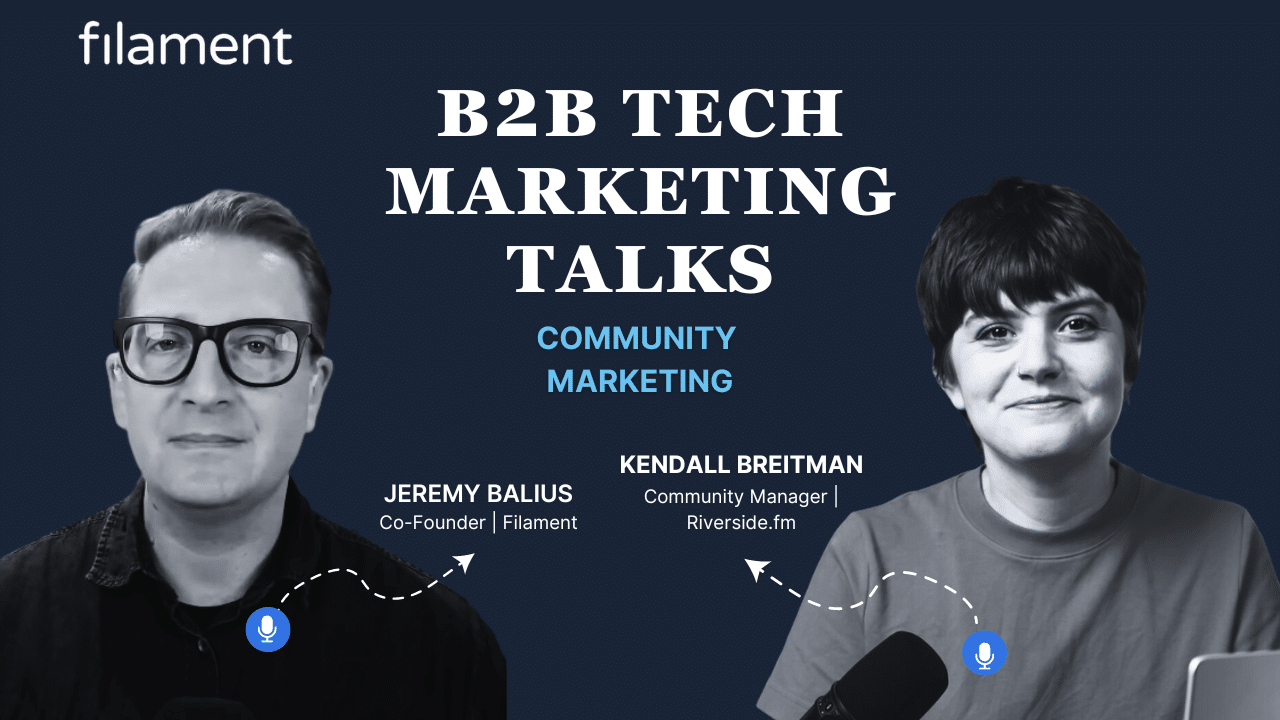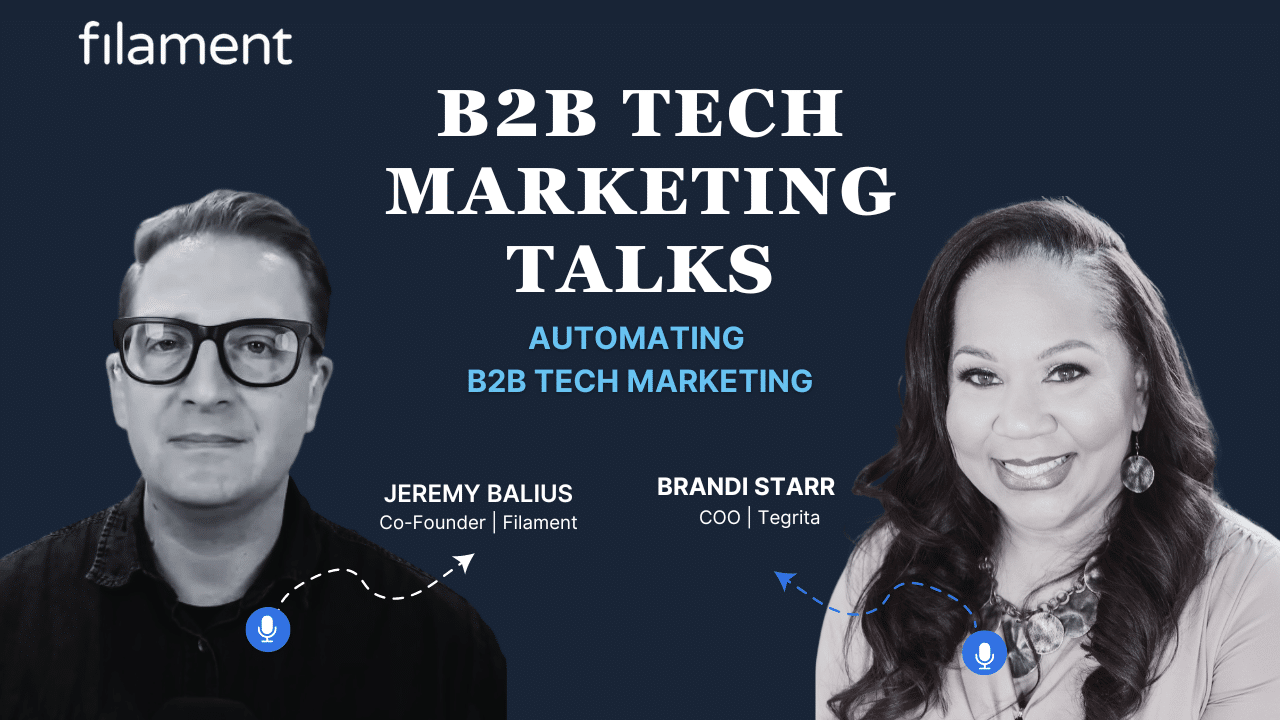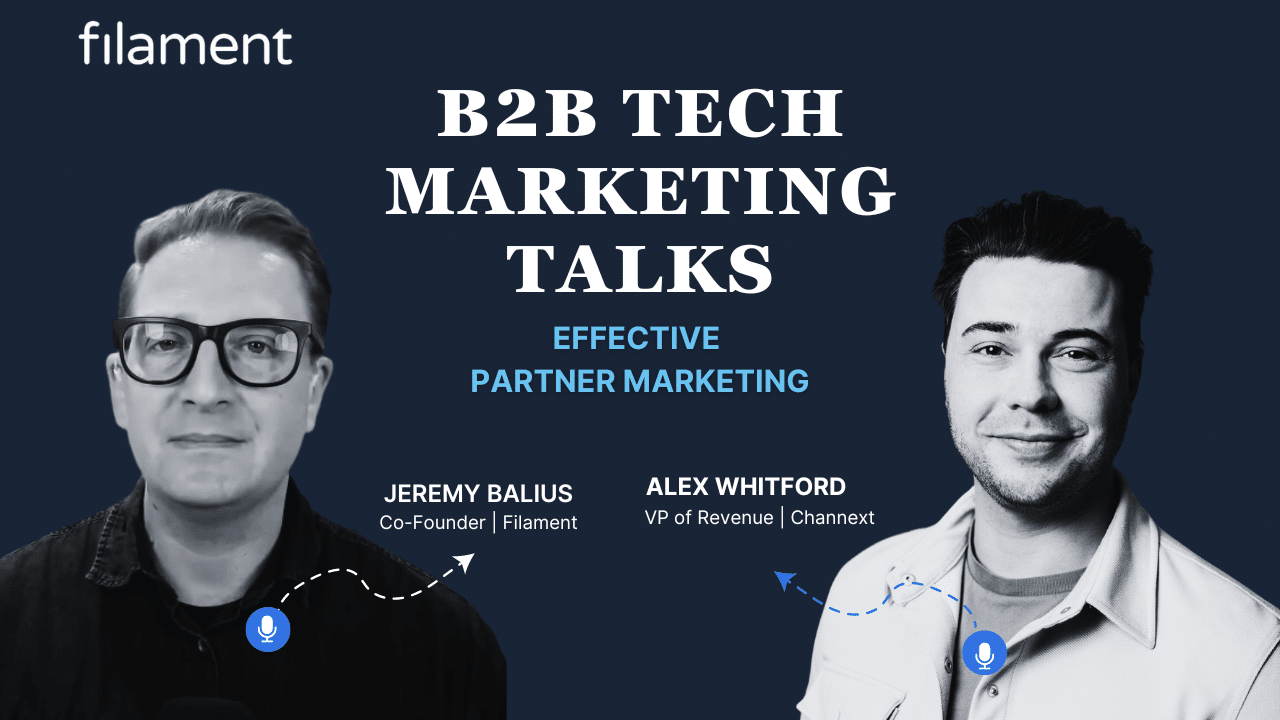What is Intent-Based Marketing and Why Is It Important?
Intent-based marketing focuses on understanding and fulfilling customer intent to deliver personalized experiences. This blog post explores its benefits and provides actionable insights for marketers to enhance their strategies and drive meaningful results.

With the drastic change in marketing systems, businesses constantly seek new and innovative ways to reach target audiences and drive conversions. Unfortunately, most traditional marketing strategies have failed, thus the need for updated methods.
Intent-based marketing is one of the marketing strategies that has gained a lot of traction over the years and has proven successful. Its success is attributed to the fact that it helps reach the target audience at the right time and place.
So, what exactly is intent-based marketing, and how can this marketing strategy help you achieve your marketing and business goals? Continue reading to dive into the concept and see how it can bring significant benefits to your marketing strategy.
Table of Contents
- What is Intent-Based Marketing?
- What are the Two Types of Buyer Intent?
- The Difference Between Intent-based Marketing and Other Types of Marketing
- What are the Benefits of Intent-based Marketing?
- What are Different Types of Intent Signals and Data
- Examples of Intent-based Marketing Campaigns
- 3 Key Benefits of Intent-based Marketing
- How to Implement Intent-based Marketing for Your Business
- Overcoming Challenges in Intent-based Marketing
- Future Trends and Innovations in Intent-based Marketing
What is Intent-Based Marketing?
Intent-based marketing is a data-driven approach that uses the customer’s intent data to predict and personalize their marketing experience. It involves marketing a product or service based on the online actions of the target customer, which show their purchase intentions.
Through intent marketing, the company develops a specific marketing method based on the customer’s needs and behavior. When the company understands what their target audience is looking for, they can create campaigns tailored to their needs and interests. This makes the marketing experience more genuine and appealing to the target prospects.
What are the two types of buyer intent?
Intent-based marketing considers two types of buyer intent.
1) Active buyer intent
Active intent is when a prospective customer is online to research and learn more about a certain product or service. This shows a strong willingness and a high chance to purchase. Active intent is also called transactional intent.
2) Passive buyer intent
On the other hand, passive intent is when the customer is still in the information-gathering stage, maybe researching for better options for an already unsatisfying product or service. Although this also shows that the customer intends to use a product or service, it shows they are not under pressure. Passive intent is also called informational intent and can be considered in a research phase of a buying lifecycle.
The Difference Between Intent-based Marketing and Other Types of Marketing
Intent marketing is different from other types of marketing in that it focuses on giving a service or product to customers who are already interested in what you are offering. For instance, if the intent data shows that a customer is looking for outdoor gear, your campaigns are tailored towards camping tips.
This is different from other types of marketing strategies, like interest strategies, as these focus on creating interest in potential customers who may not need the service or product at hand.
Other types of marketing, like brand awareness marketing, create a positive association of the brand in the customer’s minds. So that when they need what the brand offers, they will convert.
While this marketing strategy is important to have as part of any marketing strategy, it is more challenging to identify intent and purchase signals with brand awareness raising activities.
What are the Benefits of Intent-based Marketing?
Here are the benefits of intent-based marketing:
You Target the Right Buyers
Intent data saves you the trouble of making your company known to people who don’t need it either now or in the future. Instead, it helps you focus on the relevant buyers and get them when they are most interested in what you are offering. You can tell that a customer is ready for what you offer if you know the web pages they often visit or what they are actively searching online. This way, you will concentrate on providing solutions and answers to their concerns.
Discover Hidden Opportunities
When starting your campaigns and marketing strategy, you probably have a list of target accounts you hope to reach out to. Intent data will help you realize some target accounts that you could have missed. The monitoring tools used in intent marketing expose you to potential customers who could need what you offer.
Introduce Yourself Early in the Buyer’s Journey
Successful intent-based marketing enables you to know when your prospective buyers are researching the solution you offer. This way, you can reach them through social media ads or even inviting them for an in-store visit. This gives you an advantage over your competitors as your customers will likely trust you in their purchase decision as you have been with them throughout the journey.
Save Money
It is unfortunate that 37% of the money budgeted for marketing goes to waste in most businesses. Why is this so?
The waste of money through marketing often results from poor data collection, thus, wrong marketing targets. With inaccurate data, you will have the wrong marketing content, which may even drive leads away. With intent data, getting the wrong buying intent is almost impossible. When a company utilizes intent data, they develop intent targeting, which results in more qualified leads. With this, every dollar accounted for in the marketing budget is put into proper use.
What are Different Types of Intent Signals and Data
Intent-based targeting uses different sources to get intent signals. These sources provide data that gives an idea of a customer’s behavior, allowing the business to target them better. They include:
Search Intent
Search Intent is also known as third-party intent marketing. It is acquired when a prospective customer searches a keyword on their search engine or from their website visits. Using this keyword search, the company can then determine the type of concerns with their target customers and respond accordingly.
Engagement Intent
Engagement intent data is information gathered from a prospective customer’s engagement level with certain content. This engagement is collected through social media, blogs, and email marketing platforms. To leverage intent data using engagement data, you can use social media to run targeted ads for people who have engaged with your content in the past.
Firmographic Intent
This data focuses on details about a certain company, such as its size, location, revenue, and industry. This information is then combined with account-based marketing and later directed to customers likely to convert through firmographics. Using firmographic intent marketing, you can use business directories to investigate businesses operating in your desired market.
Technographic Intent
This intent focuses on the technology part of the company, like its software, hardware, and other technology infrastructure. This data is gathered through questionnaires and surveys. It helps identify customers with the technical capabilities and needs related to what you offer.
Examples of Intent-based Marketing Campaigns
The most common intent-based marketing campaigns are:
- Facebook Advertising: Through Facebook, you can target ads to users based on customers’ behavior and interest to learn the buyer intent.
- Twitter Advertising: On Twitter, you can target ads to users based on their followers and the content they like to determine their purchase intent.
- Google Ads: When a customer searches for a keyword on Google, Google displays ads related to the keyword. Google also uses past searches, current activities, and recurring search engine queries to determine user intent and acquire leads.
3 Key Benefits of Intent-based Marketing
With intent-based marketing, you and your marketing teams enjoy perks like offering better customer experience, increased engagement, and better conversion rates.
Here are other key benefits you enjoy when you implement the intent marketing strategy:
1) Personalized and Targeted Marketing Campaigns
Intent marketing data sources allow you to make more targeted and personalized marketing efforts. With some traditional marketing methods, the campaigns are done randomly, hoping the message will get to those who need it.
However, with intent marketing, your customers’ online behavior will help you know when the need for your services is at its peak. This information helps you create nurturing campaigns and enable the sales teams to prove to customers that you are the solution to their needs.
2) Improved Conversion Rates and ROI
Your conversion rates can remain poor even with continued marketing if you target the wrong customers. Thanks to intent marketing data, you can focus on the right customers. The data received from an intent data provider will enable you and your sales and marketing teams to develop targeted ads and outreach campaigns that respond to the customers’ questions. This results in improved conversion rates and ROI.
3) Enhancing customer experience and satisfaction
Intend data enables your sales team to understand the exact problems a customer faces. This is possible to tell through their online behavior. With this information, you have the upper hand as you tailor your campaigns and also your products and services to ensure that they meet the needs and requirements of your target customers.
The intent indicators can also help improve product and service development and delivery to meet customer expectations. This enhances customer experience and satisfaction. With such customer satisfaction, you have a competitive edge against other businesses.
How to Implement Intent-based Marketing for Your Business
Having understood what is intent marketing and how it can benefit you, here are some of the ways you can implement it in your business:
Paid Search and SEO Optimization
Paid search and SEO optimization are ideal methods of gathering customer intent data through searches. Through SEO optimization, your business website will appear on top of search engine results when certain keyword searches are made. On the other hand, paid search marketing enables target keyword campaigns that are concerned with customer searches.
Behavioral Retargeting and Personalized Recommendations
Intent marketing promotes personalized recommendations and behavioral retargeting. Behavioral retargeting and personalized recommendations are important in delivering timely and relevant content. It also helps target customers who are interested in your products and services. You can achieve this through content like whitepapers, webinars, case studies, and blogs. Such content also increases conversions and nurtures leads to your business.
Account-Based marketing (ABM) and Intent Data
Account-Based Marketing (ABM) is a marketing system that enables companies to focus on the accounts of customers who are most likely to buy from them. From these accounts, you access intent data that helps you know the concerns you should address. Account-based marketing also helps you personalize your messages in marketing based on the existing data from intent data sources.
Overcoming Challenges in Intent-based Marketing
While it’s true intent marketing works, like with every other business strategy, it also faces its set of challenges. Luckily, these challenges are only tricky to navigate but not impossible. Here are some of the tips that help you overcome the complexity involved in intent marketing:
Data Protection Considerations
Intent marketing greatly relies on customer data. Unfortunately, this puts a risk on customer data privacy concerns. Data protection bodies like CCPA and GDPR are also in place to restrict how much customer data you can collect and utilize in your business.
For you to safely use this data without getting at loggerheads with the data protection authorities, you need to obtain consent. You also need to ensure that you are respecting user rights. Additionally, use privacy policies, cookie banners, and data protection officers to help you keep up with data protection regulations.
Interpretation and Accuracy of Intent Data
Acquiring intent data is one thing, and interpretation and accurate use of the data is another. Unfortunately, interpreting intent signals is easier said than done, as it requires sophisticated analysis to make the most out of this data.
To cope with this, invest in advanced expertise and analytics tools so that you can accurately interpret intent signals and make the right campaign moves.
The Rise of ‘Dark Social’
Dark Social is the sharing of information through channels that are supposed to be private. These are channels like WhatsApp, Facebook, and Emails, among others. Sharing such information with unexpected sources will make customers lose trust in the brand. Working with referral programs and encouraging sharable data is the best way to help overcome the rise of ‘Dark Social.’
Future Trends and Innovations in Intent-based Marketing
Intent-based marketing is here to stay, and it is expected to continue expanding even in the future. Below are some future trends and innovations coming up in intent-based marketing strategies.
AI Integration and Predictive Analytics, and Personalizing Experiences
AI integration has changed many sectors, and intent marketing is no exemption. You can implement analytics AI tools like NLP (Natural Language Processing) chatbots and image recognition to better customer engagement.
Additionally, you can use predictive analytics tools like churn prediction, customer lifetime value, and lead scoring to help predict customer behaviors and actions. This helps offer them solutions that solve their problems.
Embracing Demand Generation as a Strategy
Demand generation strategy is a type of strategy that offers a product or service after identifying customers’ pain points. You then find a perfect way of making the product you are offering known to the target customer and making them understand how it solves their problem.
This is a type of inbound marketing that greatly generates interest towards your product or service. It also makes you part of the customer buyer journey, starting from when they develop an interest in what you are offering to generate leads.
Want to transform your demand generation with intent-based marketing?
There is no doubt that intent marketing is the future and is the new marketing gold. Through it, you develop an incredible opportunity to advance your marketing strategy. Additionally, it keeps you on the front line when converting more leads and locking them for you.
Start your journey towards acquiring intent data and maximize your marketing budget.
Contact us now to discuss how we can help you take a data-led, insights-based approach to your demand generation.





